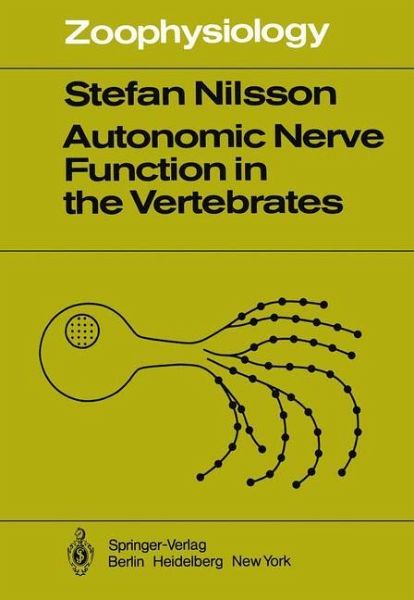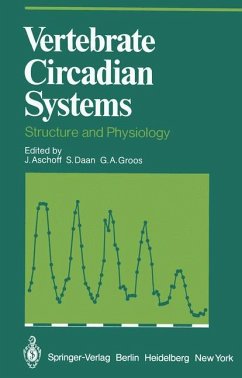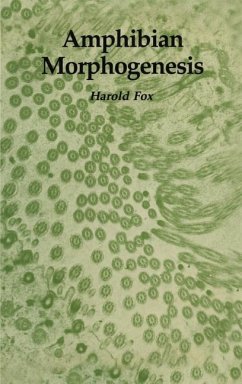
Autonomic Nerve Function in the Vertebrates

PAYBACK Punkte
39 °P sammeln!
The intention of this book is to offer a comprehensive description and discussion of autonomic nerve function in the vertebrates from several points of view. Sections on anatomy, biochemistry of the transmitter substances and the structure, physiology and pharmacology of the different types of autonomic neurons have been included, together with chapters dealing with the autonomic nervous control of some organs and organ systems in the different vertebrate groups. Although knowledge in several of these areas is based primarily on studies of mammals, a certain emphasis has been placed on the aut...
The intention of this book is to offer a comprehensive description and discussion of autonomic nerve function in the vertebrates from several points of view. Sections on anatomy, biochemistry of the transmitter substances and the structure, physiology and pharmacology of the different types of autonomic neurons have been included, together with chapters dealing with the autonomic nervous control of some organs and organ systems in the different vertebrate groups. Although knowledge in several of these areas is based primarily on studies of mammals, a certain emphasis has been placed on the autonomic nerve functions in the non-mammalian vertebrates to describe, from a comparative physiological point of view, the adaptations and possible "phylogenetic trends" in the development of the autonomic nerve functions in the vertebrates. It is very obvious that the literature created by the vigorous research activities within the fields of autonomic nervous anatomy, histochemistry, biochemistry, pharmacology and physiology is vast indeed, and not all aspects of the subject may have received fair treatment in the present volume. With an analogy from astronomy, it is hoped that the mass compressed into this book has reached the level of an energy-emitting neutron star, rather than the black hole which would be the result of compressing too large a mass.












